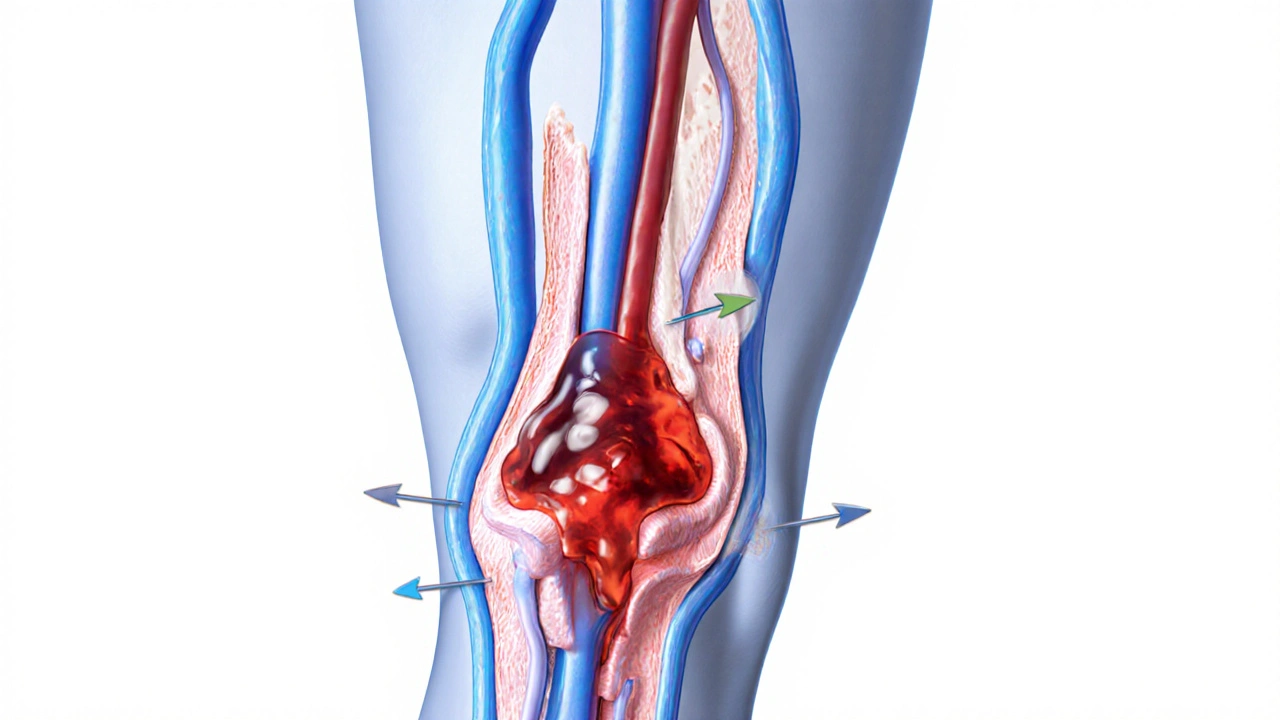Blood Clot Prevention: How to Stay Safe and Avoid Dangerous Clots
When your blood forms a clot where it shouldn’t, it can block flow to your heart, lungs, or brain — and that’s when things turn dangerous. blood clot prevention, the practice of reducing the risk of abnormal blood clots forming inside veins or arteries. Also known as venous thromboembolism prevention, it’s not just for older adults or hospital patients — anyone sitting too long, recovering from surgery, or taking certain meds needs to pay attention. These clots don’t always show warning signs until it’s too late. A clot in your leg — called deep vein thrombosis, a clot that forms in a deep vein, usually in the leg — can break loose and travel to your lungs, causing a pulmonary embolism, a life-threatening blockage in the lung arteries. That’s why knowing how to stop clots before they start matters more than you think.
Some people need blood thinners, medications that slow down clotting to prevent dangerous blockages like warfarin, rivaroxaban, or apixaban. But even if you’re not on them, simple habits make a big difference. Moving your legs every hour, staying hydrated, and avoiding long periods of sitting — especially during flights or car rides — cut your risk significantly. Being overweight, smoking, or having a family history of clots raises your odds, so knowing your triggers is half the battle. And yes, some supplements like turmeric or black pepper can interfere with blood thinners, making clots more likely if you’re not careful. It’s not just about pills — it’s about how you live.
There’s no magic bullet, but the best blood clot prevention strategy combines smart choices with awareness. Whether you’re recovering from surgery, managing a chronic condition, or just sitting at a desk all day, small daily actions add up. You’ll find real-world advice here — from what foods help or hurt your circulation, to how certain meds interact with supplements, to how conditions like high blood pressure or arthritis can quietly raise your clot risk. These aren’t generic tips. They’re based on what actually works for people facing these risks every day.
- Archer Pennington
- 11
Deep Vein Thrombosis: Key Risk Factors & Proven Prevention Strategies
Learn what Deep Vein Thrombosis is, its key risk factors, and practical prevention steps-from movement and compression stockings to anticoagulant therapy-for a safer, healthier life.
Read more
